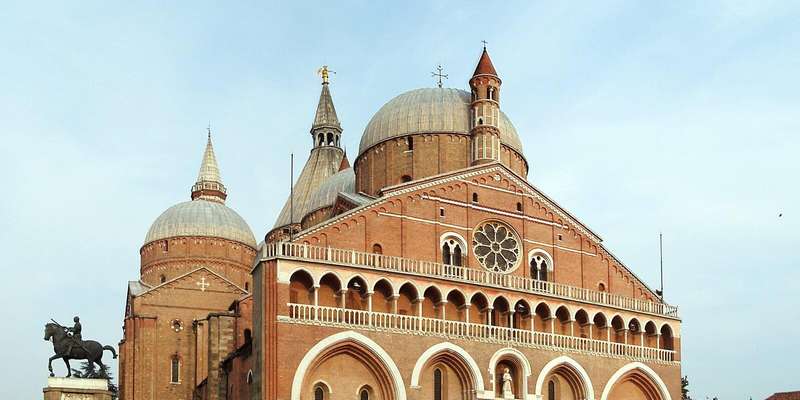- Home
- Useful Tips
- Padua's most significant...
Over 1.5 million visitors flood Padua annually for its UNESCO-listed Renaissance frescoes, yet most leave overwhelmed by crowds and unaware of subtle artistic details. The frustration of shuffling through packed chapels while missing narrative layers painstakingly embedded in 14th-century pigments is palpable among art pilgrims. Contemporary lighting restrictions and timed tickets add logistical headaches to what should be a transcendent encounter with Giotto's revolutionary perspective work. These challenges matter because Padua's fresco cycles represent humanity's first steps toward visual storytelling as we know it – a heritage worth experiencing with the depth it demands.


Navigating timed entry systems without missing artistic details
Padua's conservation measures mean you'll face strict 15-minute slots for the Scrovegni Chapel, turning visits into rushed affairs if unprepared. Local experts recommend booking the earliest morning slots when docents have more time for questions. Before entering, spend 20 minutes in the climate-controlled waiting room studying the high-resolution reproductions – this helps you spot the Annunciation's vanishing point or Judas' upside-down halo instantly. Surprisingly, winter weekdays see 60% fewer visitors despite identical lighting conditions, allowing quieter contemplation of Giotto's revolutionary chiaroscuro in the Life of Christ panels.
Decoding symbolism in lesser-known fresco cycles
While crowds cluster around Giotto's masterpiece, the Palazzo della Ragione's astrological frescoes reveal equally fascinating Renaissance worldviews. Look for the moon's phases in the zodiac cycle – farmers still use these agricultural markers today. At the Basilica of St. Anthony, Mantegna's lunette frescoes hide clever portraits of local nobles among biblical figures. A little-known trick is visiting during vespers when slanting light illuminates the St. James Chapel's previously shadowed details. These sites require no timed tickets, letting you linger over the Sala dei Giganti' playful perspective tricks at your own pace.
Combining fresco visits with atmospheric stays
The historic district surrounding the fresco sites offers characterful accommodations that extend your artistic immersion. Consider converted 15th-century palazzos near Piazza delle Erbe, where morning light replicates the golden tones in Giusto de' Menabuoi's Baptistery dome. Many boutique hotels provide exclusive after-hours access to nearby Oratorio di San Michele's rarely seen fresco fragments. For budget-conscious travelers, monastery stays near the Eremitani Church include guided meditations on the building's surviving Mantegna works – an experience paralleling the art's original devotional context.
Beyond the chapel: Living fresco traditions
Padua's fresco legacy continues through contemporary practitioners keeping ancient techniques alive. The city's last traditional bottega offers monthly workshops where you grind pigments using Giotto's methods – the perfect hands-on complement to museum visits. Time your trip with June's Fresco Festival to watch restorers demonstrate how they stabilize 700-year-old giornate (daily plaster sections). For a truly unique souvenir, commission a miniature fresco on slate from local artisans using the same calcium carbonate base as the Scrovegni Chapel. These experiences transform passive viewing into participatory cultural preservation.



